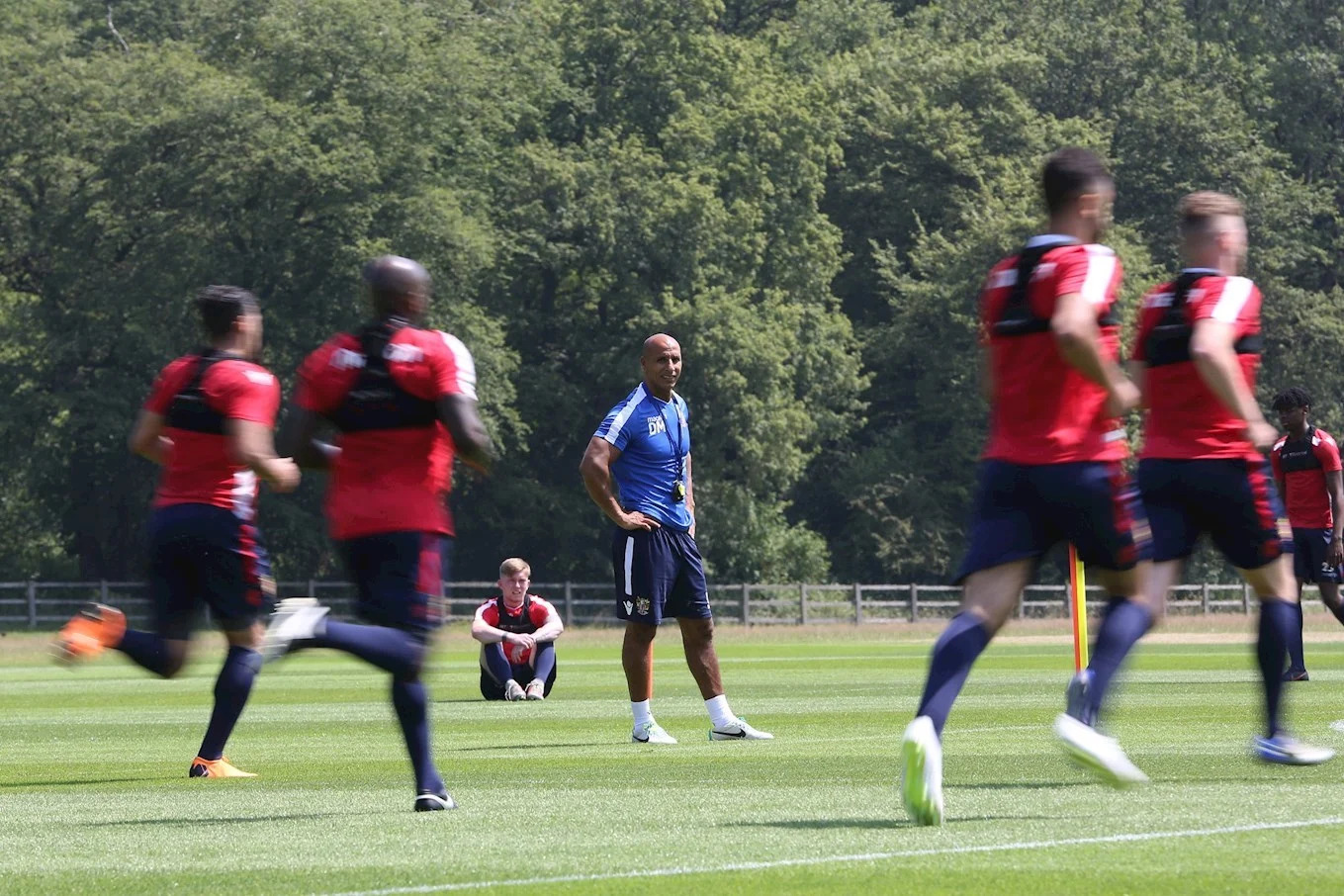2025 XPS Recap!
2025 has been a busy and rewarding year at XPS Network. Working closely with coaches and teams across different...
Read MoreWhen it comes to preseason training — arguably one of the most crucial training windows in coaches calendars, one model stands out: Periodizing.
Periodizing is a way of block-scheduling time for different training activities in the preseason planning.
Numerous coaches and academics in the sporting world have debated the various benefits of different models. And yet, it’s hard to get away from a somewhat industrial approach. With different activities (inputs) coaches can produce the outcomes they want, outcomes they can measure.
In our data-driven sporting world, with software such as XPS Network, coaches can measure performance in a thousand different ways. Using this data, coaches can construct and modify training schedules and plans to increase and improve performance. With the goal in mind of creating and sustaining physically prepared players who can beat the competition when it counts.
Periodizing can play an important role in planning training routines. However, the question coaches need to ask themselves is the value of quality over quantity.
One downside of the way athletic training is planned is the focus on quantity, rather than quality.
When athletic performance in training is broken down to a measure of outputs (quantity), the emphasis is put on sporting capacity. This often comes with the outward appearance of:
Pierre Austruy, a high-performance practitioner, with a specialism in Rugby, says that “Players are rewarded when capacity improves far more than they are when quality improves…putting capacity on a pedestal greatly underestimates the problem of quality.”
Being able to produce more, do more, is seen as the key to success. Unfortunately, this thinking undermines the fact the emphasis should be on quality, rather than quantity. Sure, players do need to generate sufficient quantities of training outputs (e.g., reps, laps, especially in the preseason), but not at the expense of the quality of their abilities.
Doing reps or running laps, or spending time on rowing machines, running machines and bikes is a wasted effort if it doesn’t produce performance improvements on the field.

Within the context of preseason training, this always starts with the practice phase. Especially when players have had some time off, or have been taking part in international competitions. Coaches need to get everyone on the same page, before the real hard work begins.
Let’s take rugby or football as an example. Preseason training usually starts with improving the quality of a player’s acceleration. In a practical sense, this means focusing on the technical components and posture required to achieve maximum acceleration. Alongside this, players need the practice to decelerate and adjust speeds quickly, almost instantly.
Simply having them run faster is not enough to achieve the outcomes coaches want and need. Players need to fine-tune motor patterns to accelerate, decelerate, turn, and adjust speed as required. Without injuring themselves, of course. Hence the need for consistent and constant practice in this area.
However, preseason is about so much more than practicing every component and then putting them together in training sessions and friendly games. Preseason is about warming up for the season. It’s about combining the technical, strategic, psychological, and emotional needs of players, and the whole team. Getting ready to compete during the on-season.
Hence the value of periodization of training sessions. So that every area players need to work on can be given time in the training schedule. Whether that’s in training sessions, in the gym, with weights, or other components of the training and performance schedule.
With XPS Network, a coach can make sure every area players need to work on is being given enough time and resources. It makes planning, scheduling, coordinating with other training staff, and players, so much easier.
Check out how the strength & conditioning coach Jordan Godfrey from Leicester Riders basketball uses XPS Network to keep the team in shape!
The aim should be about improving the mastery each athlete has in areas where they’re weakest. Plus, making noticeable and measurable (data-driven) improvements in every area they already excel. Make sure you are building up confidence amongst players. Take time to check in with their mental state too. Don’t overlook an athlete’s emotional wellbeing. It’s just as important as physical performance.
When a coach can create enjoyable training sessions, focused on outcomes without those goals being overbearing, players will perform better. Positive environments produce the outcomes coaches want. Keep that in mind when planning preseason training and your team will succeed when it counts.
Would your team, club, youth association, or sports association benefit from XPS and its wide range of features? Contact XPS Network if you want to find out more, or Sign-up for a Free Trial today.
2025 has been a busy and rewarding year at XPS Network. Working closely with coaches and teams across different...
Read MoreThe International Football Conference 2025, held over three inspiring days at Brøndby Stadium, once again proved why it is...
Read MoreManaging a growing exercise library can be a grind. Adding new drills one by one? Slow. Re-tagging the same...
Read MoreThank you!
Our representative will get back to you soon with time suggestions for an online meeting.
If you have any questions contact us at support@sidelinesports.com
Schedule a short online meeting with our representative
Try free XPS 14-days trial right now No credit card required